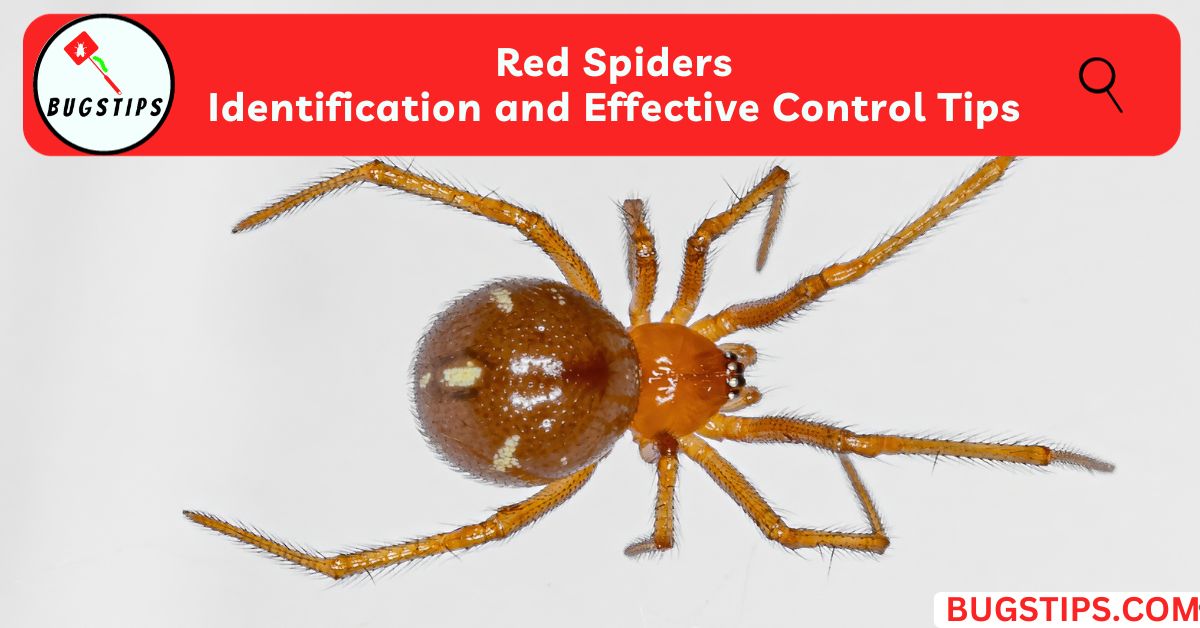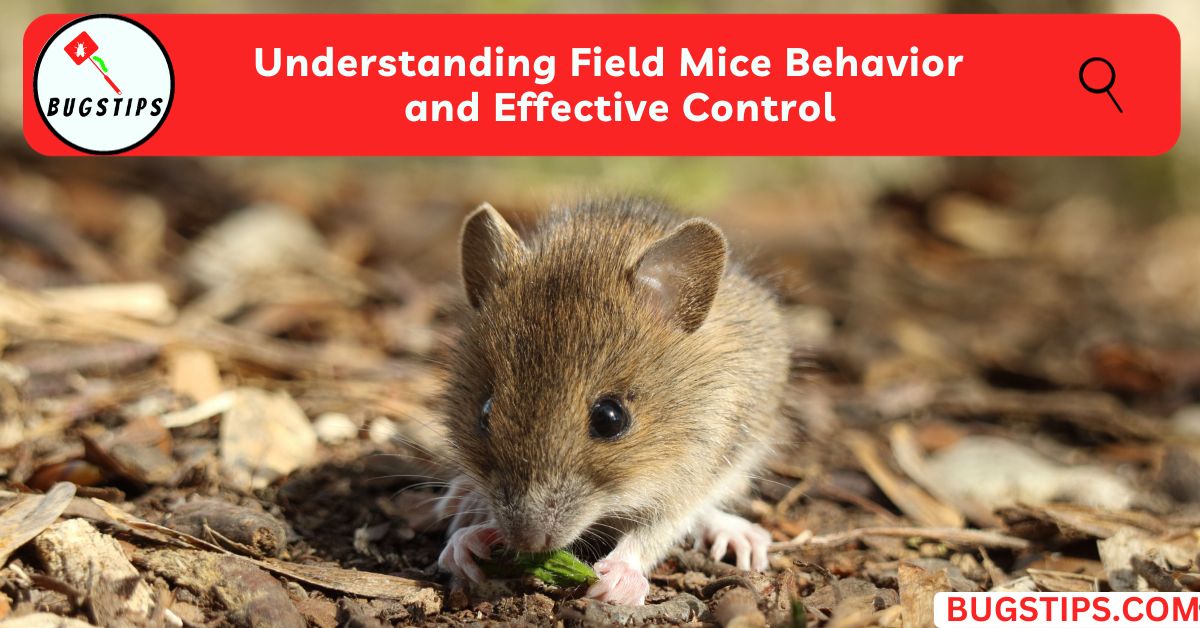This post may contain affiliate links which means as an Amazon Associate, this site may earn a small commission on qualified purchases made through links at no extra cost to you. Learn more on Affiliate Disclosure
For many people, swimming in lakes, rivers, or the ocean creates an instinctual fear – can snakes bite in water? This is a common question for swimmers and beachgoers.
The thought of accidentally coming into contact with a venomous snake while exposed to the water is frightening. Even though snake encounters while swimming are relatively rare, it’s still beneficial to educate yourself on the potential risks.
In this article, we’ll dive into the details of snakes biting in water. Can all types of snakes actually bite you when swimming? How likely is it to happen? And what should you do if you spot a snake in the water?
Keep reading to learn the facts about snake bites in water so you’re prepared for your next swimming adventure.
With some basic knowledge, you can more comfortably enjoy water activities without the excess fear of snakes lurking below.
Can Snakes Bite in Water?

The short answer is yes, snakes can bite you in water. Though uncommon, there are instances of venomous snakes biting swimmers, divers, or people wading in water.
Most snakes prefer to avoid humans and will swim away if given the chance.
However, there are a few scenarios where a snake is more likely to bite in an aquatic environment.
- If you accidentally step on or touch a snake underwater, it may react defensively and bite. This is probably the most common circumstance for bites in water.
- Snakes may bite if cornered or trapped in shallow water. Some species are more territorial and will defend their space.
- Very rarely, a highly venomous snake like a cottonmouth may strike at a perceived threat even without direct provocation. However, most snakes would rather retreat.
- Severe flooding forces some snakes to seek higher ground in unexpected places. Bites can occur if snakes end up tangled with people.
So while human-snake encounters in water are uncommon, it’s still possible you could get bitten by a snake while swimming or wading, particularly in snake-prone regions.
Most bites occur when the snake feels threatened versus randomly striking.
You May Also Like – Can Spiders Swim?
Do Water Snake Bites Hurt?
Bites from snakes native to water can be extremely painful.
When venomous snakes like cottonmouths or copperheads bite, they inject a toxic cocktail of compounds that cause immediate and intense pain.
Rather than just being a little poke, snake fangs are hollow and designed to plunge deep under your skin to deliver the venom. Once in your body, the venom proteins and enzymes get to work wreaking havoc on your tissues and nerves.
Within seconds of the bite, you’ll start experiencing a severe burning sensation from the site that quickly spreads through the rest of your limb or beyond. The area swells up, turns red, and bruises as the venom breaks down blood vessels and skin tissue.
On top of the searing pain, you may start to feel numbness or tingling as your nerves are damaged by components in the venom.
It also impacts your whole body – nausea, vomiting, weakness, dizziness, and other scary symptoms are common as the toxins spread through your cardiovascular and nervous systems.
Copperhead and cottonmouth venom can destroy skin and muscle tissues, leading to long-term disfigurement around the bite if untreated. The pain continues to intensify over hours without antivenom treatment too.
Related Article – 9 Types of Swimming Pool Bugs
Which Types of Snakes Are Found in Water?
While most snakes prefer dry land, there are several species adapted to aquatic environments that you may encounter while swimming, wading, or boating.
Here are some of the most common snakes found in water in the US.

Cottonmouths (Water Moccasins)
- Also called water moccasins, cottonmouths thrive in the southern US around lakes, streams, and wetlands.
- They often bask by the water’s edge or coil up on overhanging branches.
- Due to their defensive nature, cottonmouths have a reputation for biting swimmers who get too close.
- They inject highly potent, tissue-damaging venom.
Copperheads
- Copperheads dwell near calm, shallow creeks and ponds surrounded by mountain forests.
- They hide under rocks and debris rather than openly swimming.
- Copperhead venom causes severe pain and symptoms quickly progress without treatment, making their bites particularly dangerous.
Ribbon Snakes
- These slender, brightly colored snakes inhabit the edges of ponds, marshes, and swamps across North America.
- They are nonvenomous and mainly eat amphibians and fish.
- Ribbon snakes are unlikely to bite if encountered in the water.
Mud Snakes
- Semi-aquatic mud snakes forage for prey in freshwater habitats across the eastern and central US.
- They often rest underwater or are buried in mud exposed by low tides.
- Mud snakes are nonvenomous but may release a foul-smelling musk if threatened.

Garter Snakes
- One of the most widespread snake species, garter snakes live everywhere from backyards to mountain trails, where they stay close to moist environments.
- Garter snakes can be commonly found swimming for fish, frogs, and snails in ponds and streams.
- Garter snakes are not venomous. They do not produce any toxins that are dangerous or harmful to humans.
- Some people even keep garter snakes as docile pets.
Rainbow Snakes
- Rainbow snakes are native to the southeastern United States and typically live along riverbeds and lakes.
- Their preferred prey is eels that dwell in these same aquatic environments.
- Rainbow snakes have very colorful, iridescent scales in striped patterns which reflect light, giving them their name.
- Though rainbow snakes have mild venom, it is not considered highly dangerous to humans in most cases.
- More often, rainbow snakes tend to flee quickly into the water to avoid contact if humans get too close.
Sea Snakes
- There are dozens of species of highly venomous sea snakes that inhabit warm ocean waters and coral reefs in the Indian Ocean and Pacific regions.
- They have paddle-shaped tails and valved noses to swim effectively.
- Sea snake bites are rare but contain potent neurotoxic venom.
Grass Snakes
- Found throughout mainland Europe and parts of the UK, grass snakes love wetland areas like marshes, ponds, and ditches.
- While they mainly inhabit Europe and Asia, grass snakes can also be found in some regions of the United States.
- They are excellent swimmers and may be spotted hunting for frogs, fish, and other small prey along waterways.
- Grass snakes are not venomous. They are unlikely to bite but can release a foul-smelling odor if threatened.
How Do Snakes Swim?
Though they lack fins or flippers, snakes have adapted special skills for swimming and moving through the water.
Their streamlined bodies and unique skills allow them to swim effectively through lakes, marshes, and even oceans.
Serpentine Motion
- Snakes propel themselves forward by curving their long, tubular body side-to-side in an undulating, serpentine motion.
- This allows them to push against the water and generate thrust.
Buoyancy
- Most snakes can flatten their bodies and widen their ribs to trap air inside.
- This increases their buoyancy and lets them float on the water’s surface without sinking.
Related Article – Do Snakes Have Bones?
Powerful Muscles
- Snakes have strong core muscles all along their spine that let them flexibly writhe their bodies for swimming.
- Some have compressed tail tips for extra propulsion.
Valved Nostrils
- Snakes like sea kraits have valved or sealed nostrils that prevent water from entering their nose while diving below the surface.
- Some can even slow their heart rate to hold their breath longer.
Snakes also rely on excellent vision and scent receptors while navigating underwater to find prey or platforms. Heat-sensing pits on their face help hunt warm-blooded prey.
You May Also Like – What Smell Do Snakes Hate?
What To Do If You See A Snake While Swimming
Coming face-to-face with a snake, while you’re exposed to the water, is a scary situation.
Your instincts may be to panic and react abruptly. However, staying calm and making slow, non-threatening movements are key to avoiding bites from startled snakes.
Here are some tips if you have the misfortune of spotting a snake during your next swimming or boating adventure.

Stay Calm
- If you spot a snake in the water nearby, the first step is to remain calm.
- Do not splash or make sudden movements that may startle the snake.
- Snakes typically only bite when they feel threatened, so a slow and gentle response is best.
- Taking slow deep breaths can help keep you relaxed rather than panicking.
Back Away Slowly
- Once spotted, carefully back away from the snake without abruptly jerking your body.
- Move slowly and fluidly to gently put distance between you and the snake, giving it space.
- Sudden or rough movements may cause the snake to bite in self-defense.
Get Out of the Water
- Get out of the water cautiously using slow movements and exit at the closest point.
- Move to get your body fully out of the water and onto dry land.
- This removes immediate access for the snake and puts you in a safer position.
Give the Snake Space
- With everyone out of the water safely, continue allowing the snake ample space without disturbing it further.
- Snakes under threat may bite but typically retreat if given the chance. Back away and allow it to slither off on its own.
If you are swimming or wading with other people, let them know about the snake sighting in a calm manner once you are out of the water.
This allows others to also safely exit the water without risk of bites.
These steps may seem simple, but trust me, following this protocol calmly can save you from a whole lot of trouble and pain!
You May Also Like – Snake Poop 101
Final Thoughts
While snake bites in water are uncommon, it’s still smart to be aware of risky species like cottonmouths in your area. Their venom can quickly cause severe pain if threatened while swimming.
Learning to identify dangerous snakes and memorizing protocols if you spot one can help prevent bites. Back away slowly, get calm, and don’t provoke defensive snakes.
Above all, the odds of snake bites while in water are low if proper precautions are taken.
Don’t let fear keep you from enjoying lakes and rivers. Just be alert when swimming or wading where snakes may dwell.
Stay informed, be aware, but have fun near the water without excessive snake worries! By giving snakes distance and space, you can safely share the aquatic environment.
FAQs
Can snakes swim underwater?
Yes, most snakes are capable of swimming underwater thanks to skills like sealing their nostrils, slowing their heartbeat, and propelling themselves with serpentine motions.
Some snakes, like sea snakes, are highly adapted for diving underwater.
Can snakes bite you underwater?
It is possible but uncommon for venomous snakes to bite swimmers or divers while underwater.
Bites usually only occur if you accidentally touch or threaten the snake.
Remaining calm and giving snakes space reduces the chance of underwater bites.
Are water snakes scared of people?
Most types of snakes, including water snakes like cottonmouths, are wary of humans and prefer to avoid confrontation.
Given the chance, they will likely swim away rather than approach people. Loud splashing or quick movements can startle them.
Is it safe to swim in a pond with snakes?
It can be reasonably safe to swim in ponds also inhabited by snakes.
Avoid areas where you see snakes actively swimming. Stay alert and leave plenty of distance between you and any snakes you spot to reduce risk.
Do copperheads like pools?
Copperheads typically avoid open, exposed areas like pools and prefer to remain hidden near the water’s edge.
They only end up in pools by accident, often after heavy rains. A snake hook can safely remove one without being bitten.
Resources – (for further reading)
UF Wildlife Home- Harmless Watersnake or Venomous Water Moccasin?
National Association of Underwater Instructors – Water Snakes
Wisconsin DNR (.gov) – Common Watersnake | Nerodia sipedon



